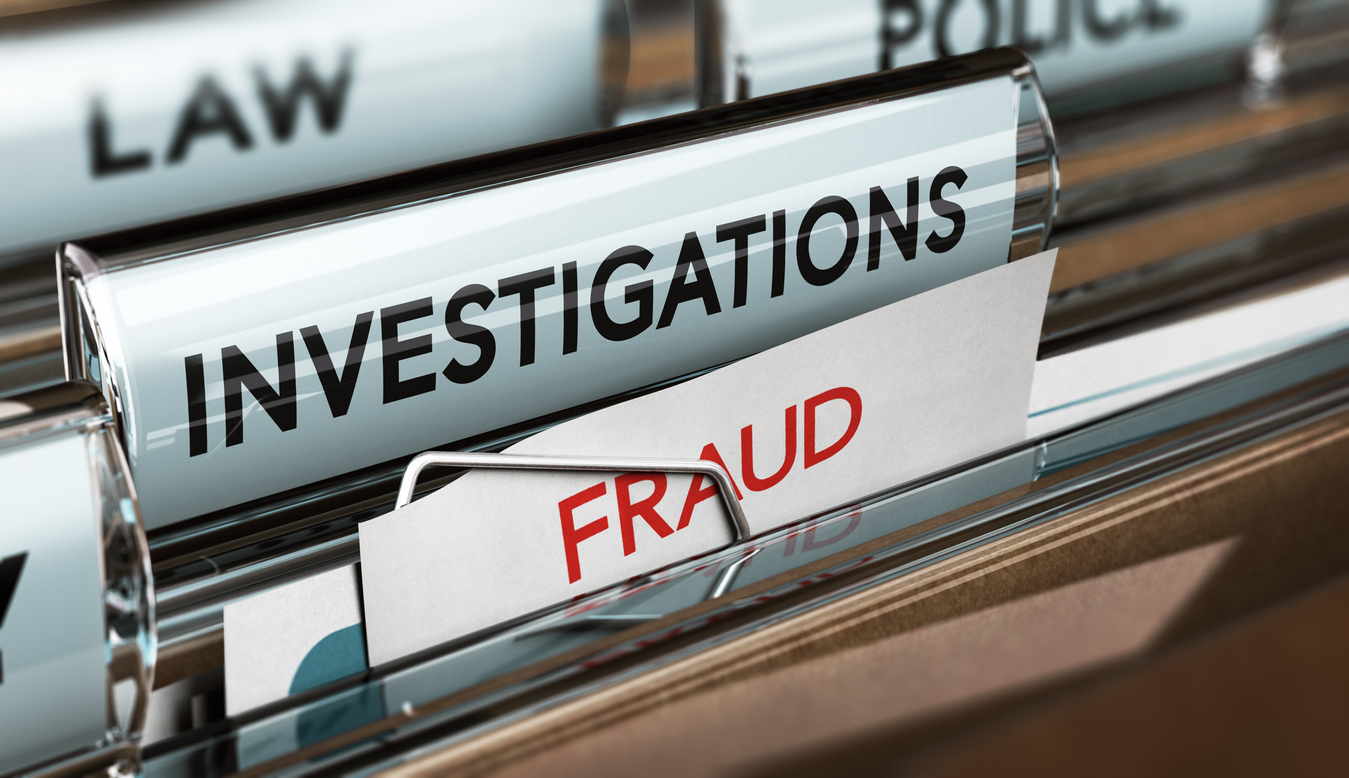FRAUD. A five-letter word with consequential effects on individuals, organizations, and the economy as a whole. Fraud can be defined as an intentional act of deception in order to acquire something of value, whether it be a personal or financial gain. Fraud is a leading concern in our society as technological advancements have revolutionized the ease with which fraud occurs. Most notably, Artificial Intelligence (AI) has catapulted cyber fraud, especially in the areas of imposter scams and identity theft. According to the Federal Trade Commission (FTC), consumers reported losing over $10B in 2023 due to fraud. Furthermore, cryptocurrencies, deepfakes and other digital tools are facilitating financial crimes causing companies to lose billions. It’s important to note that the true economic impact of fraud most likely exceeds losses reported as fraud often goes undetected.
In this article, we’ll take a closer look at why fraud is on the rise, current trends, the impact of fraud and the role insurance takes in mitigating these economic losses.
Introduction to the Fraud Triangle and Its Relevance
Many people are familiar with the concept of the Fraud Triangle, which was developed by Dr. Donald Cressey in 1953 to understand and explain the driving forces behind fraudulent behavior, namely pressure, opportunity, and rationalization. Since then, the concept of the fraud triangle has been revisited to explore other key elements. In 2018, an article published in the International Journal of Business, Economics and Law discussed two additional factors that have been studied. The first additional factor includes capability, meaning that perpetrators must possess the technical skills and ability to carry out a fraudulent scheme. The second additional factor puts a strong emphasis on ethical values of the employees, which one study found that employees with high ethical values were less likely to commit fraud.
Understanding the driving forces behind fraud is key to creating effective internal controls and implementing policies that uphold a positive company culture.
Why is Fraud Rising?
There are many nuances when assessing why fraud is on the rise. First, let’s look at shifts in societal attitudes towards corporations. In the 1950s, the United States experienced rapid economic growth, largely attributed to corporations. Known as the Golden Era, this time was marked by growing wages, income equality and upward mobility. In general, there was a positive societal attitude towards corporations as they were the catalysts driving prosperity and people felt a great sense of loyalty to work for companies long-term as there were plenty of opportunities.
Since then, the rise of corporate misconduct, unethical business practices and greater income inequality have contributed to a growing mistrust of corporations. In addition, stagnant wages, growing economic pressures and ethical dilemmas have led to changes in social and corporate landscapes.
Individuals may rationalize stealing from corporations as they are perceived as victimless crimes or justified retaliation against perceived injustices. There is also a sense of detachment, whereas stealing from individuals can evoke stronger emotions and perceived repercussions due to the direct impact on personal lives and relationships. These factors help explain the pressure and rationalization parts of the fraud triangle.
As for opportunity and capability, this is ever more present with the advent of technology and globalization. Not only has technology helped facilitate fraud, but it can also be difficult to detect given how sophisticated some fraud schemes have become.
Current Trends in Fraud Tactics and Strategies
The FTC received 2.6M fraud reports in 2023. While the number of reports received where similar to 2022, there has been an increase of 14% in losses.
Trends reflect an uptick in fraud involving online activities. Imposter scams were the most reported in 2023, which involves one party posing as a governmental organization, business, or charity in order to obtain your personal information and money. This was most commonly carried out via phishing emails. The biggest losses, however, were due to investment scams, accounting for over $4.6B in consumer losses, usually carried out using cryptocurrency.
There has also been an increase in financial crimes perpetrated by companies targeting individuals through deceptive sales practices and misleading advertising. These crimes, often motivated by profit, highlight the lack of regulations and oversight in certain industries.
Economic Impact of Fraud
Fraud has both financial and nonfinancial implications. Companies incur substantial losses as a direct result of fraudulent activities, such as employee theft, embezzlement, misappropriation of assets and financial statement misrepresentation. This diverts funds that could be used for innovation or re-investing into the company for growth. Furthermore, fraud can have a negative effect on the company’s reputation and even undermine investor confidence, especially if the fraud involves collusion amongst high-ranking employees.
Mitigating Fraud Losses and the Vital Role of Insurance Carriers
Fraud prevention should always be a multi-layered approach beginning in-house. This includes establishing effective internal controls, conducting regular audits and risk assessments, and promoting transparency and ethical conduct in the workplace. Employees should also receive training to increase awareness so that suspicious activities can be appropriately recognized and reported.
Moreover, companies are also responding to the increase in fraud by investing in technology to help identify suspicious activity, increasing their cybersecurity budget and increasing their insurance coverage. Insurance, such as Fidelity and Commercial Crimes Coverage, can help mitigate the losses associated with fraud. Policies offer comprehensive coverage for employee theft, cyber fraud and other scams that can affect business operations. While it is difficult to assess what percentage of businesses have fidelity coverage, many Insurance Carriers are reporting an increase in this type of coverage. Additionally, Insurers are reporting an increase in fidelity claims which further highlights the prevalence of fraud.
While general liability insurance requirements for businesses vary from state to state, fidelity and commercial crime coverage is typically not required. However, these types of insurance policies can serve as a vital risk management tool. Businesses seeking this type of coverage typically undergo a comprehensive underwriting process. This process usually involves submitting detailed documentation, including financial statements and internal control policies and procedures. Underwriters evaluate various factors, to determine the company’s risk profile. Industry, company size, revenue, security measures, financial precautions and historical loss exposure are considered when determining appropriate coverage and premiums. Insurance Carriers are continuously adapting their coverage options in anticipation of evolving fraud schemes.
Using AI to Fight Fraud
Consider AI a double-edged sword. While AI has revolutionized fraud itself, it has also enhanced fraud prevention by identifying patterns indicative of fraudulent activity more accurately and in a more timely manner. Leveraging these advanced technologies can further enhance the effectiveness of fraud prevention measures. AI algorithms can detect anomalies in financial transactions in real-time. This comes with its own hosts of concerns regarding data privacy and built-in biases so it’s not a replacement for human oversight but can be an extremely useful tool in detecting fraud.
Moral of the Story
Given the evolving landscape of society, business and technology, it’s reasonable to assume that fraud will continue to increase and become more sophisticated in nature. Understanding the behavior is important, but it is just the first step in protecting your business from fraud. Implementing effective internal controls that are regularly monitored and adjusted is crucial. Education is key in becoming more aware of the complexities surrounding fraud, leading to heightened vigilance and increased security measures.
By Stephanie Ceus.
The statements or comments contained within this article are based on the author’s own knowledge and experience and do not necessarily represent those of the firm, other partners, our clients, or other business partners.





 Stephanie Ceus
Stephanie Ceus 



















